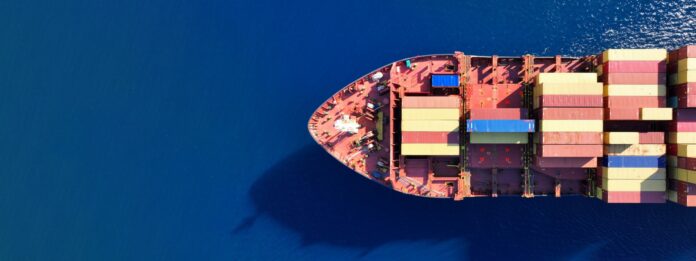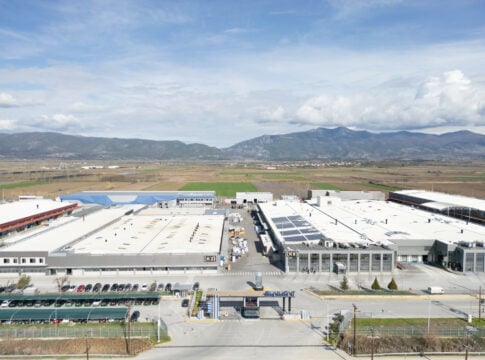The global shipping industry is once again at the center of attention for giant container ships, as their share of the global orderbook and active ships continues to grow.
According to data released by Alphaliner on upcoming ship deliveries, the total carrying capacity of the Ultra Large Containerships (with a carrying capacity of over 15,000 TEUs) in the global fleet is estimated to reach 8.3 million TEUs by the end of 2025, despite the weak environment of recent months.
At the same time, the carrying capacity of the Neo-SubPanamax containerships fleet (5,100-10,000 TEUs) is expected to fall below 8.2 million TEUs.
In this context, ULCS will surpass Neo-SubPanamax containerships in market share.
Neo-SubPanamaxes hold the largest market share, while the market share of ULCS is estimated to increase to 28% by the end of 2025 compared to 23% at the end of 2024.
As for container ships with a capacity of more than 18,000 TEUs, according to the same data, six deliveries are expected in 2025, 10 in 2026 and 46 in 2027. This, as Alphaliner pointed out, reflects the huge demand for ULCS during 2024.
In terms of numbers, the largest ships have exceeded 400 meters in length and approximately 60 meters in width.
Just two years ago there were approximately 50 containerships with a capacity of 21,000 TEUs and above, while now this number has more than doubled.
A series of significant challenges
It is noted that the goods transported by container ships of this category have increased over the past two years, despite the disruptions at the international level.
On their part, shipping brokerage firms highlight that these giant ships can transport more containers in a single voyage, however, they also pose significant challenges in terms of infrastructure and supply chain management.
Specifically, the development of such ships requires ports to be equipped with larger and more advanced cranes, deeper waterways and more extensive berthing facilities.
This is a significant challenge for many ports, especially those that do not have the resources or space to accommodate these vessels.














